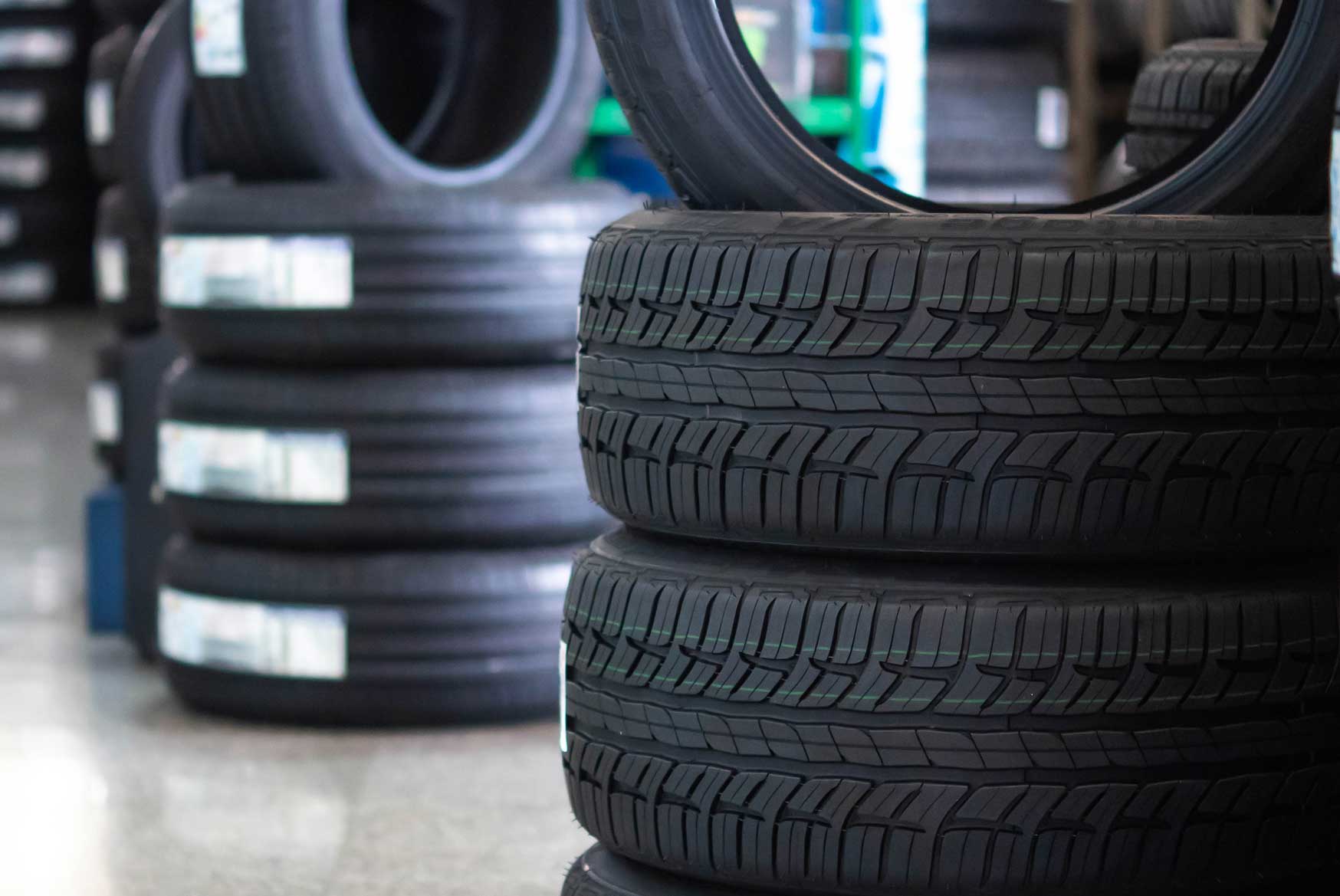
Tire Maintenance 101
It’s no secret that your car requires annual maintenance to keep it in tip-top shape – and your tires are no different! Tires are the most vulnerable to wear and tear because they’re the only parts on the automobile that actually touch the road. As the temperatures get colder and the weather begins to turn, it’s especially important to remember these tips when you’re preparing your car for the change in season.
- Inspect Your Tires Regularly
If you detect abnormalities in the way your car is driving or if something doesn’t feel right when you’re behind the wheel, you might be having a tire issue. Give your tires a regular visual inspection to check for any leaks and punctures, especially before a long drive or a road trip.
2. Check the Air Pressure
Regularly check the tires’ air pressure with a tire pressure gauge to make sure they are properly inflated. Under-inflated tires wear more easily and are more susceptible to punctures and blowouts. They also affect your vehicle’s fuel economy and handling. Be especially wary of air pressure when it’s cold out – cold temperatures cause PSI to decrease, leaving your tires under-inflated. If you’re unsure of the proper air pressure levels for your tires, contact the tire manufacturer for clarification.
3. Get the Tires Rotated
You should have your tires rotated to different positions on the vehicle every 5,000 to 7,000 miles. Doing so ensures that the treading wears evenly, which can significantly extend the life of the tires. Depending on the type of car you drive, different positions cause different levels of wear and stress. The next time you get your vehicle’s oil changed, ask the mechanic to take a look at your tires and see if they need to be rotated.
4. Check the Tread Depth
The tread on a tire is what allows the tire to grip the road and brake properly during wet or slippery conditions. Over time, the treading wears down. Detecting worn down treading can be difficult for an untrained eye, but there’s a trick you can use to test the treading. First, find an area of the tire with low trading. Then, insert a quarter into that section of tread with Washington’s head upside down. If you can see most (or all of) Washington’s head, then the tread is low and the tire needs to be replaced.
5. Get an Alignment
Sometimes your vehicle’s wheels become misaligned, especially when you frequently drive over bumps or potholes. When this happens, the angle the wheels are pointing are thrown off and your tires do not point straight ahead. This causes unnecessary strain on the tires, diminishing their lifespan. Get a wheel alignment to resolve this issue.
Proper tire care is essential for any car’s maintenance routine. If you have any questions about tire maintenance, vehicle maintenance, or auto body repair, give us a call today at (630) 526-7117.